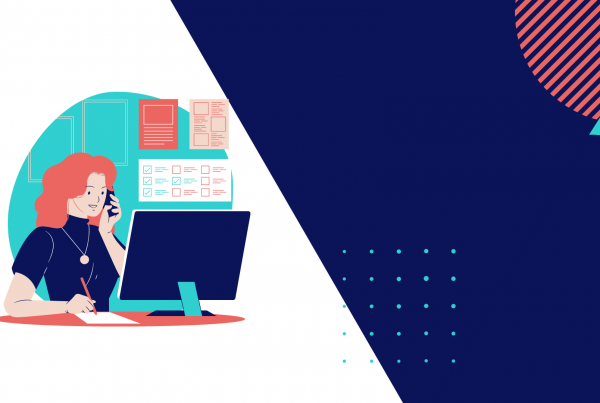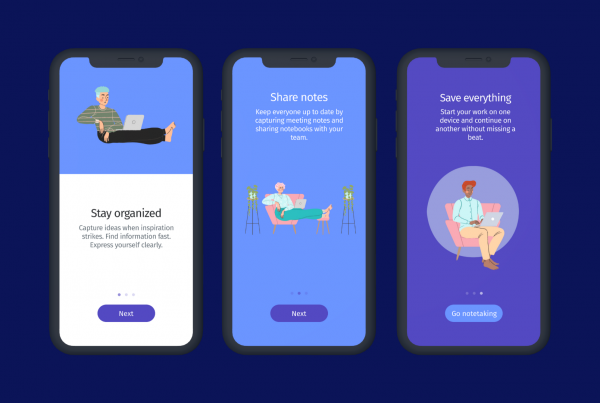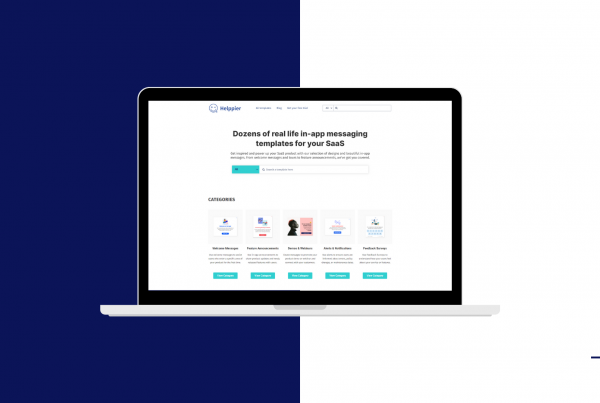Guest article by Niyathi Rao
New customers need to know the difference your product or service makes in their lives.
What makes a company successful? Is it the product, marketing, or relationship with customers? Customer relationships are crucial as it drives loyalty and brings a lasting connection with the company.
Aren’t customers the final decision-makers whether to be associated with a company or not? Ensuring that customers have a great experience from onboarding, during the customer journey, and to the point of retaining their loyalty is important.
Onboarding is the first step in the customer experience process, and companies need to make it a hassle-free, wholesome experience. Anywhere between 40–60 percent of software users never log in to an app even after registering, simply because they don’t know how to use the product.
What is customer onboarding?
Customer onboarding is when you introduce your product to new customers. It helps them understand how to use it.
A good customer onboarding plan will make it easy for users to comprehend the value and become loyal users.

A structured framework is necessary to guide new customers to use the product. It is also important to be noted that customer onboarding is not a one-time process. It’s an ongoing process that needs to evolve with time and be upgraded for new versions or features.
Why a good onboarding strategy is important?
New customers need to know the difference your product or service makes in their lives.
It’s important to make sure your onboarding strategies will help retain customers, give you the desired results, and create a lasting connection with your customers. When your customers feel successful with the product, chances are your business gets success as well.
A good onboarding process gives a reason for customers to spread the word about your product and gain new signups also. 90 percent of people will buy when recommended by a friend or family member. A recent survey from Harvard Business Review suggests that an increased focus on customer onboarding will give a crucial impact on the product.
Strategies for a great customer onboarding
To convert fresh customers into loyal users, your customer onboarding needs to be on point. But you don’t want to spend a lot of time on emails and support calls.
Here are some strategies you can keep in mind.
Understanding customer expectations 💡
Without knowing customer expectations, it is impossible to plan the customer onboarding process. Find out what they want and expect in terms of help with the product. Analyze their requests and seek to address the same in your plan.
Sketch a plan ✍️
Customer onboarding needs a good plan. Create a step by step process for customer onboarding including all the intrinsic parts of the process.
A simple sign up form, notifications bar, verification, login, to welcome emails. Product help documentation, great customer support, and a complete quick product tour are important.
Simplify the first experience ✨
Be a good guide to new customers. Focus on the features, benefits, and positive aspects of what you offer. Highlight the problems it solves and how your vision to build it is big. Sustain the vision with an interactive onboarding framework in line with the plan made.

In this stage, also do not overload users with features. They will learn in a while. Just keep them aware of the value and encourage them to come back. Make signing up easy. If a customer can minimize the clicks to start using, that is great.
Get the team onboard 🤝
Your customer success team is your biggest strength. They are the ones who can put the process in place by kicking off calls to set onboarding goals, milestones, timelines, and scope. Teams should be on the same page when it comes to onboarding related goals.
A team training session can be particularly helpful in guiding a customer through technical steps. When the plan is known, the whole process will be trouble-free and organized.
Gather data around customers 📊
Know where they are facing issues. Keep an eye for troublesome areas and take necessary action to address them. Using customer success software can help at this point.

You need to collect information from various customer interactions, analyze them, and create a report to show where the customer needs help. You can allow customers to adapt to various new facets and get over roadblocks.
With Helppier, for example, you can check which tours and user guides have been more requested by your customers so you can make improvements to your interface and UX.
Check-in with customers 💌
After 90 days of onboarding, check in with your customers to make sure they are okay and happy about the product. Listen to them, check their status of usage, and answer their queries.
Keep in mind the value of the product and understand their feedback. You can use customer satisfaction surveys to understand what they feel.
Bottom Line: Necessary for Customer Retention
Making your onboarding process a priority can ensure that your customer experience is successful. Your onboarding strategies need to educate the user on navigating through your product and also explain the value they can get from it.
A good customer onboarding strategy aims at making life easier for the customer and providing the value they signed up for.
Author Bio: Niyathi Rao
Niyathi Rao is a content creating specialist at Smartkarrot Inc. She worked for University and OpenText previously. She majorly writes for SaaS tech products. She is a bibliophile and listens to podcasts and music when she isn’t doing any of these.




